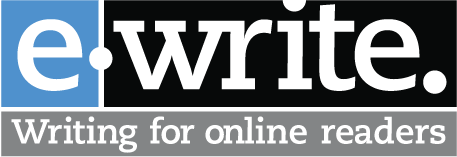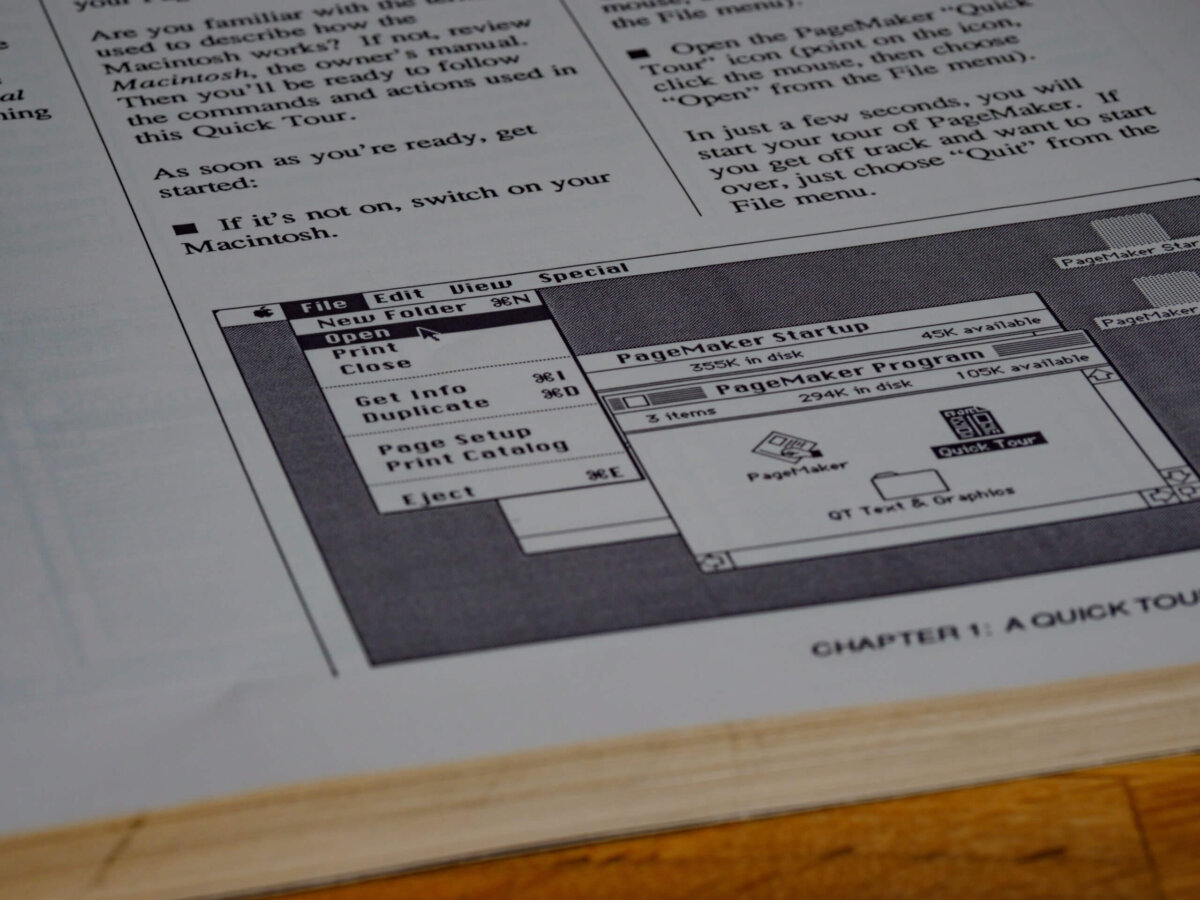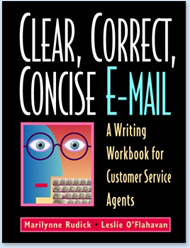E-mail is a prized tool for small business. It allows you to communicate quickly and frequently with your customer. It doesn’t matter that your competitor can afford a fancy logo and expensive stationery. E-mail puts you on an even footing.
With e-mail, what you say and how you say it matters even more than in print communication. But because e-mail is so easy to send, and because as a harried owner of a small business you feel pressured to respond immediately, you often dash off a response on the fly. How many times have you clicked on “send” and then remembered a couple of points you forgot to mention? Or did you send a rambling message, giving your client the task of sorting it out? Did you think your spelling didn’t matter? After all, “it’s only e-mail!”
It matters a lot. Your well-heeled competitor has the stature of his organization to back him up. His misspellings will be chalked up to “too busy to spell check.” Your misspellings and unorganized messages will call your competence into question. Does your inattention to spelling reflect a similar disregard for customer service? If your message is ill-conceived, can your product be any better?
When you write e-mail messages, remember your client will judge you by what you say and how you say it. Don’t let your writing give your customers a reason to turn to your competitor. Here are seven tips for writing e-mail like the Fortune 500 pros.
1. Think Before You Write
Before writing, jot down your main points or purpose. Decide what’s most important and lead with that, in the first paragraph if possible. Don’t leave important information for the second screen. Busy readers may not get past the first screen.
2. Make Your Subject Line Informative
Forecast your main message by writing a subject line that announces what you are writing (request, announcement, etc.) and what about it (to purchase new desk chairs, of vacancy in the finance department). Readers use the subject line to perform e-mail triage. A good subject line announces that it’s relevant or urgent. A vague subject line invites the reader to ignore or delete the message.
3. Tell Them What Action To Take
Don’t leave the reader wondering why you sent the e-mail and what you want. Convey the desired action clearly, boldly and early in the message.
4. Format For Easy Reading
Make your paragraphs short, use vertical bulleted lists to condense information, and add white space for visual relief.
5. Narrowcast, Don’t Broadcast
Resist the temptation to send copies to everyone. Define and narrow your audience to those who need the information. After receiving a few irrelevant e-mails, your client may not bother to read your important ones.
6. Check Your Tone
You may be tempted to tell your pesky client exactly how you feel. And it may make you feel better to write it. Just don’t send your flaming message. Keep your tone cordial, business-like, unbiased. Don’t bad-mouth the competition. He’s only a click away!
7. Proof Before You Click
Before sending, spell check and make sure you’ve punctuated properly. Have you remembered to include the attachment you promised?







0 Comments